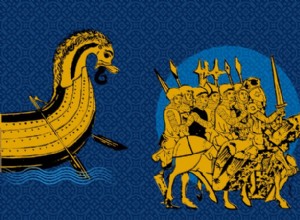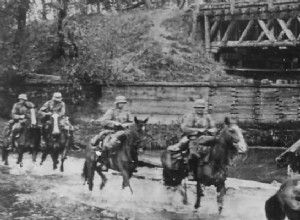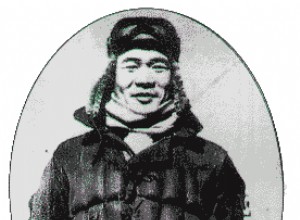To approach the history of women in the Middle Ages is to play hide and seek with shadows, silhouettes without faces or bodies. Almost dreamed of, these ladies of yesteryear? No, of course. Like a curtain-raiser after a long wait, portraits, startling in their embodied precision, will appear at the




